The LVC1G17 buffer output is extremely strong and it means it will have very high slew rate so edges are very fast.
It can drive more than 32 mA and has switching time less than 1ns into 15 pF load at best. Which means it has edges fast enough for a 500 MHz output.
There is also no other load than the scope, probe wire, and probe. So the load is very light, and complex, due to capacitances and lossy probe wire, in addition to the time of flight of the signal through the probe cable.
So what you see is actually what you would expect to see.
It could be a probing artifact or it could be that the signal really rings.
It is normal to see ringing and over/undershoots for an extremely fast signal edge, measured with scope probe. The chip output is basically unloaded, with signal with fast edges taking time to travel via lossy probe cable to scope, and maybe reflecting back from scope.
This is why designers delibrately add a series resitor to output, to limit the drive ability and slow down signal edges to have only enough bandwidth that is necessary. Or use chips that are only as strong or fast as necessary for the task.
Also these fast transtions require a good bypassing of the digital chip with capacitors. The only bypass cap you have is a 100nF ceramic, whih may not be very effective any more at the frequencies the chip tries to pull current out of it.
The capacitor is also quite poorly connected to the chip. There is just a few millimeters between cap 5V pin and chip, but the route between cap GND pin and chip is quite long loop around other components, so fast return currents may flow near sensitive analog crystal circuitry.
It might be better if the capacitor terminals are connected to chip terminals with shorter wires, and it might be better if there are multiple capacitors, or just a single capacitor that is more suitable for higher frequencies. Perhaps a 1nF right at the chip pins and only then the 100nF will make a difference.


